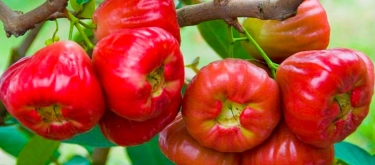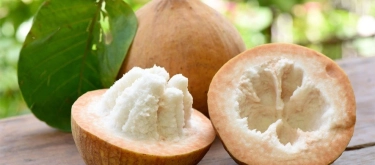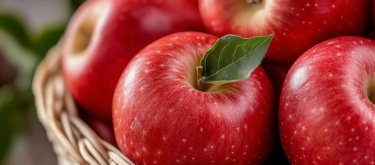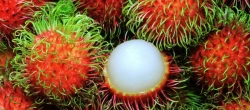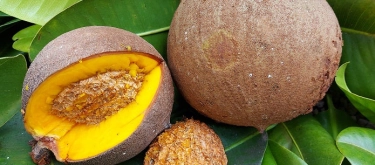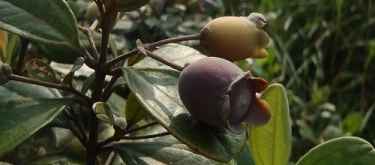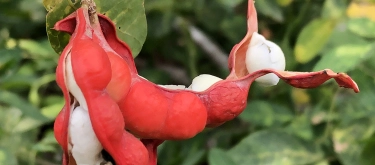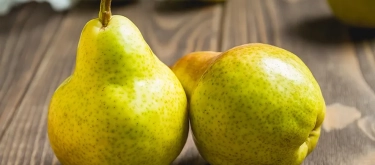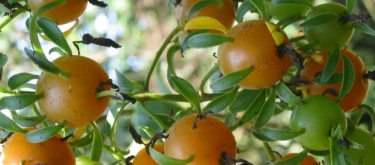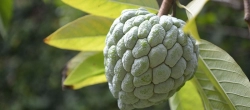Syzygium: Taste Profile, Aroma, Benefits and Health Risks
Syzygium (also known as Java Apple, Rose Apple, Wax Jambu, Malay Apple; Syzygium samarangense, Syzygium malaccense, Syzygium jambos) is native to tropical regions of Southeast Asia, particularly Indonesia, Malaysia, India, and the Philippines. Highly regarded for their crisp texture, delicate sweetness, and subtly floral aroma, these fruits have been integral to Asian cuisines and cultures for centuries.
Syzygium varieties are generally safe; however, some individuals may experience mild allergic reactions, especially if sensitive to other tropical fruits. Excessive intake may lead to digestive discomfort due to fiber content. No specific risks for pregnant women are noted, though moderation is recommended.
What does Syzygium taste like?
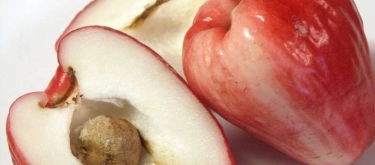
Complete Sensory Description:
Taste
Syzygium has a mildly sweet, slightly tangy taste profile reminiscent of fresh apples, pears, and watermelon, complemented by subtle floral notes and a refreshing, mildly astringent finish.
Aroma
The aroma of Syzygium fruits is delicate, floral, and fresh, often evoking rosewater or apple blossoms, accompanied by faint herbal undertones.
Texture
These fruits are characterized by a crisp, juicy, and crunchy texture similar to fresh apples or pears. Their flesh is watery, refreshing, and mildly fibrous, enhancing their appeal as a fresh snack.
Appearance
Syzygium fruits typically have a distinctive bell-shaped or rounded appearance, measuring 4–7 cm in length. Skin color varies significantly among species, ranging from pale green or creamy white to shades of pink, red, or deep maroon-purple. The interior flesh is generally white or pale pink, surrounding a small central cavity containing seeds.
In-depth Flavor Analysis:
The nuanced flavor of Syzygium fruits results from a balanced composition of sugars, organic acids, and aromatic compounds. Predominant sugars such as fructose and sucrose impart gentle sweetness, while mild concentrations of malic and citric acids contribute subtle tartness. Volatile compounds, notably terpenes like geraniol and linalool, deliver delicate floral notes reminiscent of roses and jasmine. Low levels of tannins introduce a mild astringency, particularly pronounced in less mature fruits. Environmental conditions, variety, and ripeness significantly influence these flavor characteristics, with fully ripened fruits showing enhanced sweetness, reduced acidity, and diminished astringency.
Varieties and Culinary Applications:
Several prominent edible Syzygium species include:
- Java Apple (Wax Jambu; S. samarangense): Crispy, mildly sweet, ideal for fresh eating, salads, and pickling.
- Malay Apple (S. malaccense): Juicy and sweet, commonly consumed fresh or in desserts.
- Rose Apple (S. jambos): Notably fragrant with rose-like aroma, enjoyed fresh or as flavoring in beverages and desserts.
Culinary uses encompass:
- Fresh Consumption: Commonly served chilled, often paired with salt, spices, or savory dips.
- Salads: Sliced into fruit or vegetable salads, offering refreshing texture and flavor contrast.
- Pickles and Preserves: Widely pickled, preserved in syrups, or prepared as jams and chutneys.
- Beverages: Blended into refreshing juices, smoothies, cocktails, or infused waters.
Selection and Storage:
Select Syzygium fruits that are firm, glossy-skinned, and brightly colored, avoiding bruised or overly soft specimens. Ripe fruits emit a delicate fragrance, indicating freshness. Refrigerate fruits in breathable containers, consuming within 3–5 days to preserve optimal crispness and aroma.
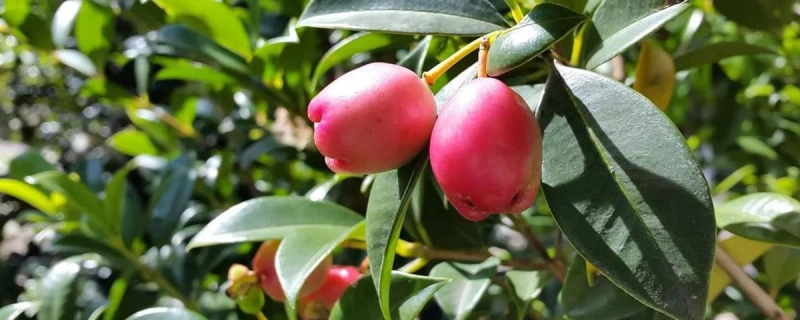
Nutritional Insights:
Syzygium fruits are valued for their low calorie content, high water content, and dietary fiber, making them ideal for hydration and digestive health. They provide modest amounts of vitamins, including vitamin C and vitamin A precursors, and minerals such as potassium, calcium, and magnesium, offering antioxidant protection and supporting overall wellness.
Expert Insights & Culinary Tips:
- Enhancing Flavor: Syzygium fruits pair excellently with lime juice, chili flakes, sea salt, or spices like cinnamon or mint, intensifying their refreshing appeal.
- Texture Utilization: Their crunchy texture adds valuable contrast in soft dishes or creamy desserts, significantly improving sensory experiences.
- Ripeness Check: Optimal ripeness is indicated by bright color, firm texture, and a delicate floral fragrance.
Interesting and Curious Facts:
- Syzygium species have historical medicinal applications in traditional Asian herbal remedies for digestive ailments and mild infections.
- The Rose Apple variety (S. jambos) gained its name due to its distinct rosewater-like fragrance rather than its botanical relation to roses.
- In Southeast Asian folklore, Syzygium fruits symbolize good luck, prosperity, and abundance, often featured during festivals or celebrations.
Harm and Dietary Considerations:
Syzygium fruits are safe but may cause digestive issues if eaten excessively due to fiber content. Mild allergic reactions may occur in sensitive individuals. While no specific restrictions exist for pregnancy, moderation is always advisable.
Religious Dietary Considerations:
Syzygium fruits are universally permissible within major dietary frameworks, including Halal, Kosher, Hindu vegetarianism, and Buddhist diets, with no known religious prohibitions.
Final Thoughts & Sensory Journey:
Syzygium fruits embody tropical freshness, elegantly combining crisp textures, subtle sweetness, and an enchanting floral aroma. Whether savored fresh, pickled, or incorporated into culinary creations, Syzygium promises a delicately nuanced sensory adventure, reflecting the vibrant spirit of its tropical origins.
Resources:
- "Edible Medicinal and Non-Medicinal Plants" by T.K. Lim (Springer, 2012)
- "Tropical and Subtropical Fruits" by Muhammad Siddiq (Wiley-Blackwell, 2012)
- "Handbook of Fruit and Vegetable Flavors" by Y.H. Hui (John Wiley & Sons, 2010)
